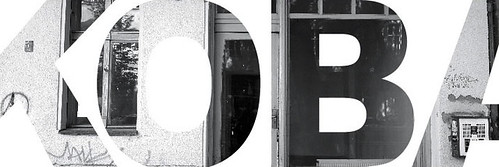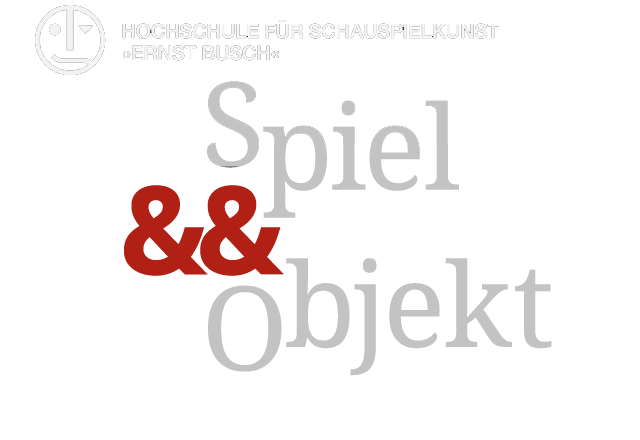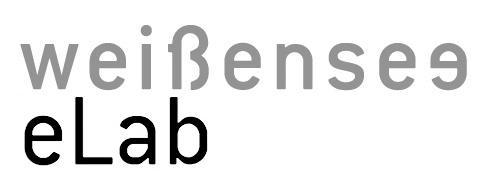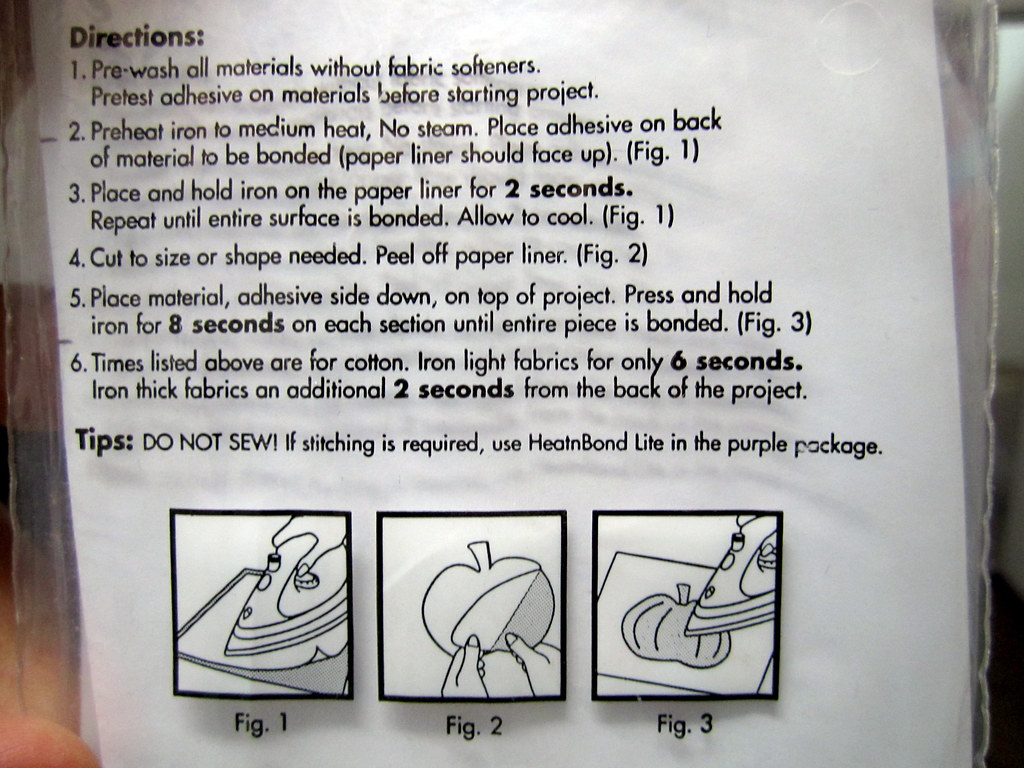Non-Conductive Materials
Flex PCB and Solder Mask Supplies
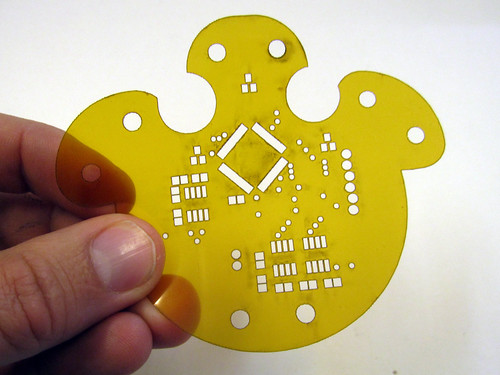
Solder masks are layers of mataerial applied to circuitboards before soldering. The protect the conductive traces against oxidization and shorting out, but also help control the flow of solder when soldering the parts to the board. Solder masks are commonly silk-screened on to the etched circuit as a thin layer of coloured epoxy. Solder masks […]
Thermochromic Ink

Thermochromic inks are pigments that change color to colorless at certain temperature. There are many different types of thermochromic pigments including textile inks for textile screen printing. Usually you mix normal textile pigments with thermochromic inks so that it looks like the ink is changing from one color to the other. For example, if you […]
felting yarn
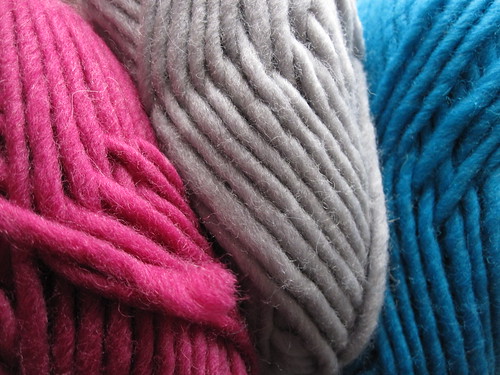
There are some wool yarns that are made to felt after you knit or crochet. It is very easy to use and felt (wet it under hot water and cold water and rub with soap). You can mix conductive yarn to make various felted conductive project, or simply knit/felt it alone to make a nice […]
Paper Yarn

This “paper” yarn from Habu is made from 100% linen! It is amazingly strong and soft to work with and looks beautiful.
Pemotex
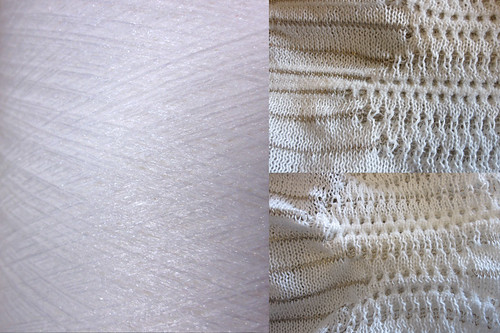
This sample came from The Swedish School of Textile. It shrinks when heat is applied and it is not reversible. When knitted together with heat emitting thread, you can control the shape (shrink) of the textile dynamically. Only downside is that it is not reversible.
Felt

used in: fabric buttons Felt can be used instead of foam as a spacer material in fabric buttons. It can also be used to replace neoprene in some cases, because of it’s thickness. Crafting felts are very common and easy to get your hands on at a local craft or possibly even stationary store. There […]
Flux
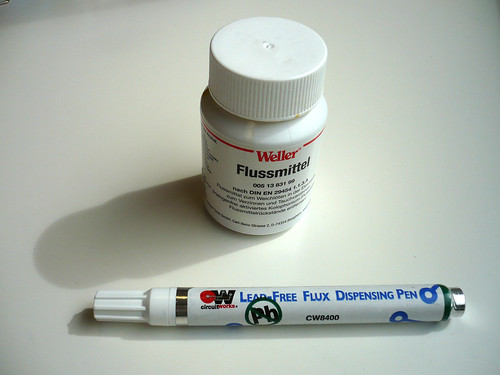
Flux is “a chemical cleaning agent which facilitates soldering, brazing, and welding by removing oxidation from the metals to be joined.” and additionally, it “allows solder to flow easily on the working piece rather than forming beads as it would otherwise.” (wikipedia) So, my problem of solder getting crumbly and not dropping onto the fabric […]
Foam
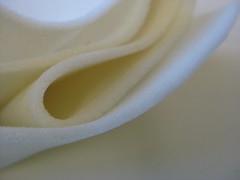
Great for use in fabric buttons. Used inside the Massage me jackets to make fabric switches, using a hole making tool to make evenly spaced holes, allowing the conductive layers on either side of the foam to make contact.
Neoprene
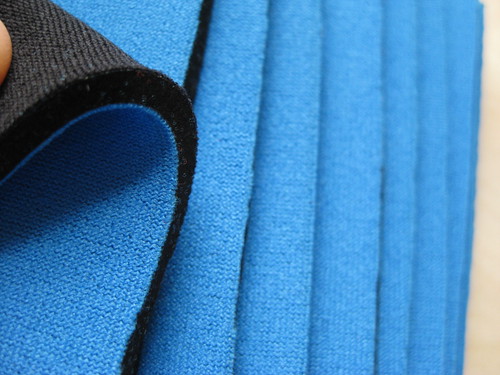
also: chloroprene Neoprene is the trade name used by DuPont Performance Elastomers. A synthetic rubber that is produced by polymerization of chloroprene. Sedochemicals produces sheets of Neoprene in the following qualities. For most of our sensors we use 1.5 mm (1/16 inch) thick HS quality neoprene with standard polyester jersey fused to either side. Check […]
Liquid Electrical Tape
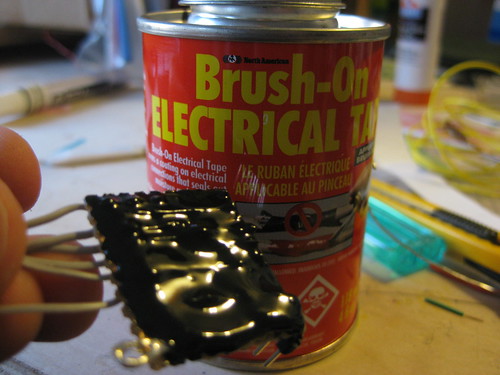
This tape is nice for isolating contacts, especially when you keep forgetting to thread the wire through the shrink tubing before soldering it.
Fabrics
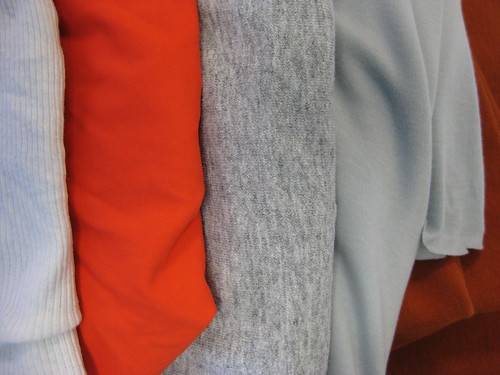
It is not always easy to find a local fabric store with a nice stock of stretchy and non stretchy fabrics. Online fabric shops have a large range of products, are normally used to shipping you selected samples before you place your order.
Fabric Glues

Aleen’s Flexible Stretchable Fabric Glue is one of our favorite fabrics glues for isolating conductive materials. Other Anti-fray and liquid iron-on products also come in handy.
Fold Over Elastic (FOE)
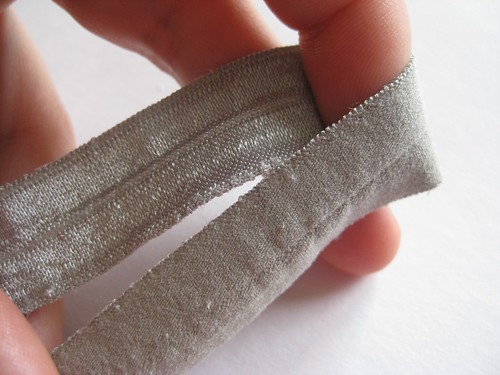
Sold widely for cloth diapers (nappies). Great for edging neoprene and other stretch fabrics. Comes in different widths, colors and mat/shiny options.
Polymorph
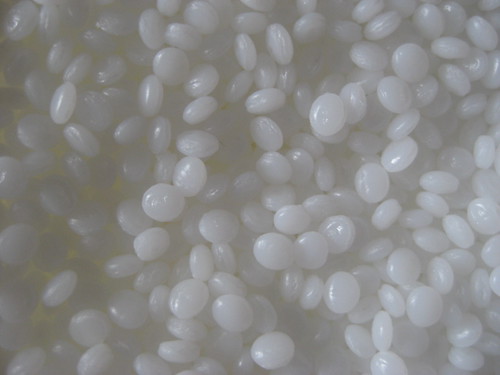
also: Shapelock, Polycaprolactone, Friendly Plastic, InstaMorph Polymorph is an low temperature thermoplastic. Super strong and tough. It melts at around 65 degrees Celsius and hardens at room temperature. It comes as small white pellets that go transparent when put in hot water. They can then be formed and become opaque again as they cool off.


